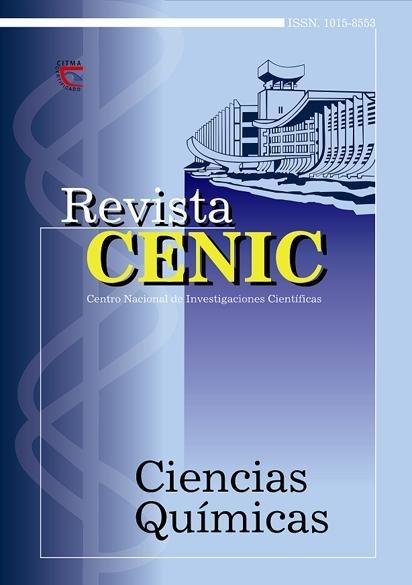Ozone injection: an advantageous option for systems water distribution in the pharmaceutical industry
Abstract
Purified water system at CGEBs Production Plant has a nominal
generation capacity of 1 500 L/h . This system uses as raw water softened water that is
obtained on a suitable system the Production Plant. The system is formed by several
elements that combine their functions to give to water USPs 24 quality specifications.
Main processes in this system are reverse osmosis and continuous demineralization.
Distribution of produced purified water is carried out on a system formed by a storage
tank of 2 000 L, a centrifugal pump, an UV lamp and a closed loop with 28 sanitary
point of use. The loop construction material is stainless steel 316L and the loop returns
to the storage tank. Ozone is injected continuously on the storage tank, using an injector
installed on the loop return to the tank, to avoid growing of microbial organisms and
at the beginning of the loop an UV radiation lamp is installed to destroy residual ozone
before point of use. Sanitization of the loop is performed with ozone and the established
frequency is once in a month or when microbiological results exceed specifications
approved for purified water according USP 24. The objectives of the work were to
evaluate effectiveness of the ozone injection in the storage tank and to demonstrate
the advantages of the used sanitization system.

Downloads
Published
How to Cite
Issue
Section
License
Copyright (c) 2004 Copyright (c) 2004 Revista CENIC Ciencias Químicas

This work is licensed under a Creative Commons Attribution-NonCommercial-ShareAlike 4.0 International License.
Los autores que publican en esta revista están de acuerdo con los siguientes términos:
Los autores conservan los derechos de autor y garantizan a la revista el derecho de ser la primera publicación del trabajo al igual que licenciado bajo una Creative Commons Atribución-NoComercial-CompartirIgual 4.0 que permite a otros compartir el trabajo con un reconocimiento de la autoría del trabajo y la publicación inicial en esta revista.
Los autores pueden establecer por separado acuerdos adicionales para la distribución no exclusiva de la versión de la obra publicada en la revista (por ejemplo, situarlo en un repositorio institucional o publicarlo en un libro), con un reconocimiento de su publicación inicial en esta revista.
Se permite y se anima a los autores a difundir sus trabajos electrónicamente (por ejemplo, en repositorios institucionales o en su propio sitio web) antes y durante el proceso de envío, ya que puede dar lugar a intercambios productivos, así como a una citación más temprana y mayor de los trabajos publicados (Véase The Effect of Open Access) (en inglés).













